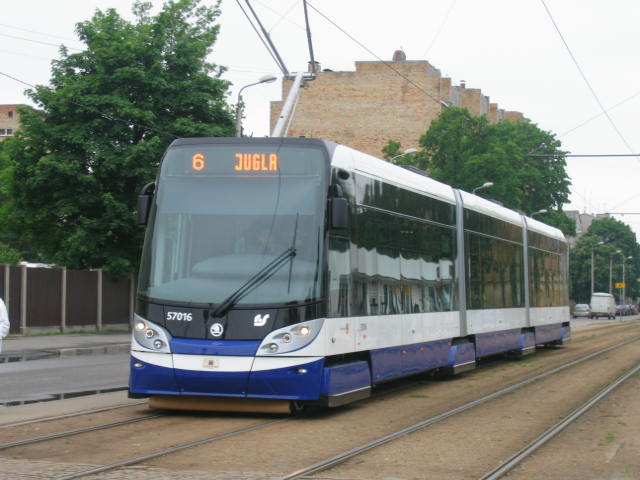Silverliner5 wrote: ↑Tue Mar 22, 2022 10:27 pm
PHLSpecial wrote: ↑Tue Mar 22, 2022 9:42 pm
Can the S700 be designed so that it will fit into the Pennsylvania gauge?
Of course it can siemens will always find a way to get it to Pennsylvania gauge
While Siemens will always be able to find a way, I do wonder how much the design would need to be changed, especially as the bogies may well need to be wider. All parts outside of the wheels would need to be re-evaluated by the design engineers.
Current S700 vehicles all run on standard gauge track and have body panels covering the bogies. Could a Pennsylvania trolley gauge version have those same panels or would the bogies be too wide?
But leaving aside how much the S700 would need redesigning, I do wonder if anyone else here thinks any of Skoda's offerings are better for that legacy system.
S700 is only 70% low floor. Four of Skoda's offerings have pivoting bogies, at least under each end, (like the S700) but Skoda's offerings are all 100% low floor.
Can SEPTA do more for disabled travelers than is currently required by law? Maybe having lots of tip-up seats. The Skoda 15T, because it has less wheelbox intrusion than all other 100% low floor models, could have more tip-up seats, so it would be easy to accommodate more wheelchairs than whatever the Americans with Disabilities Act requires.
Also, doors should be painted a different color from the rest of each side the the vehicle, handrails should be brightly colored. A door alarm should sound at least 3 seconds before the doors open automatically, if push button opened, before it becomes push button openable. A distinctly different door alarm should sound at least three seconds before the doors close if they close automatically.
All of this is mandatory in the United Kingdom. Door alarms should be clear and sufficiently loud but not annoying.
Destination blinds and route number displays need a clearly visible color-background combination. Destinations should be displayed in mixed case - also mandatory in the U.K. Letters and numerals should both be in a font where they are as different from each other as possible. More in
this thread.



